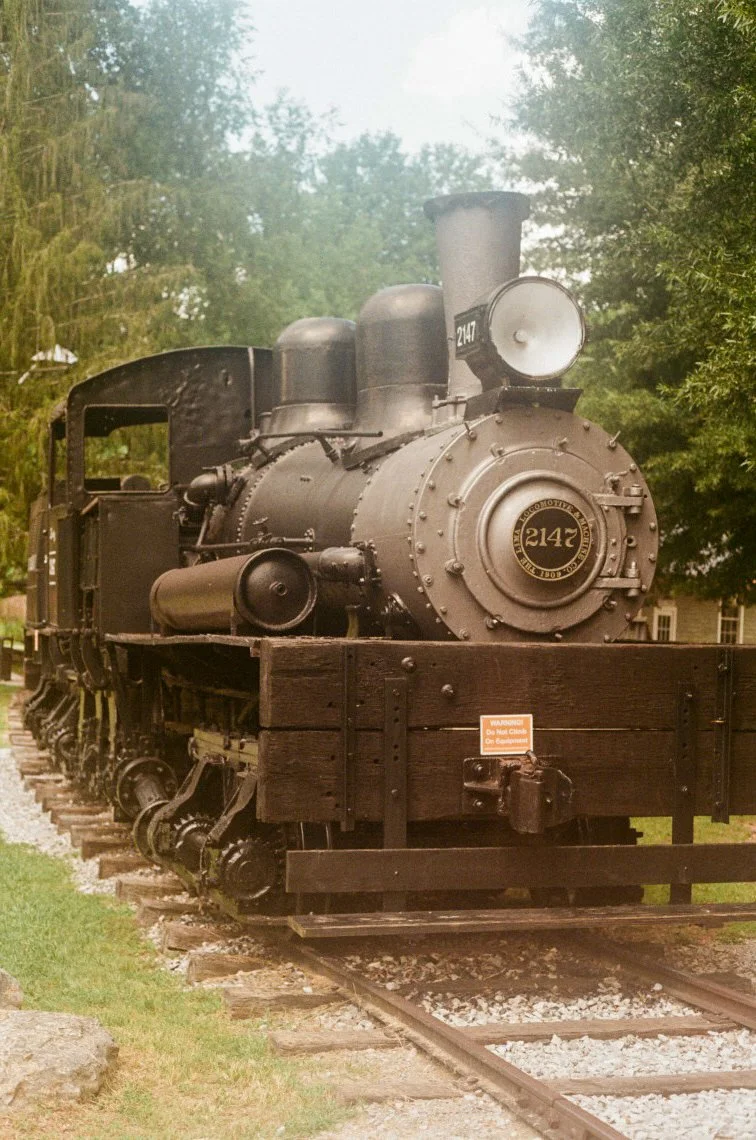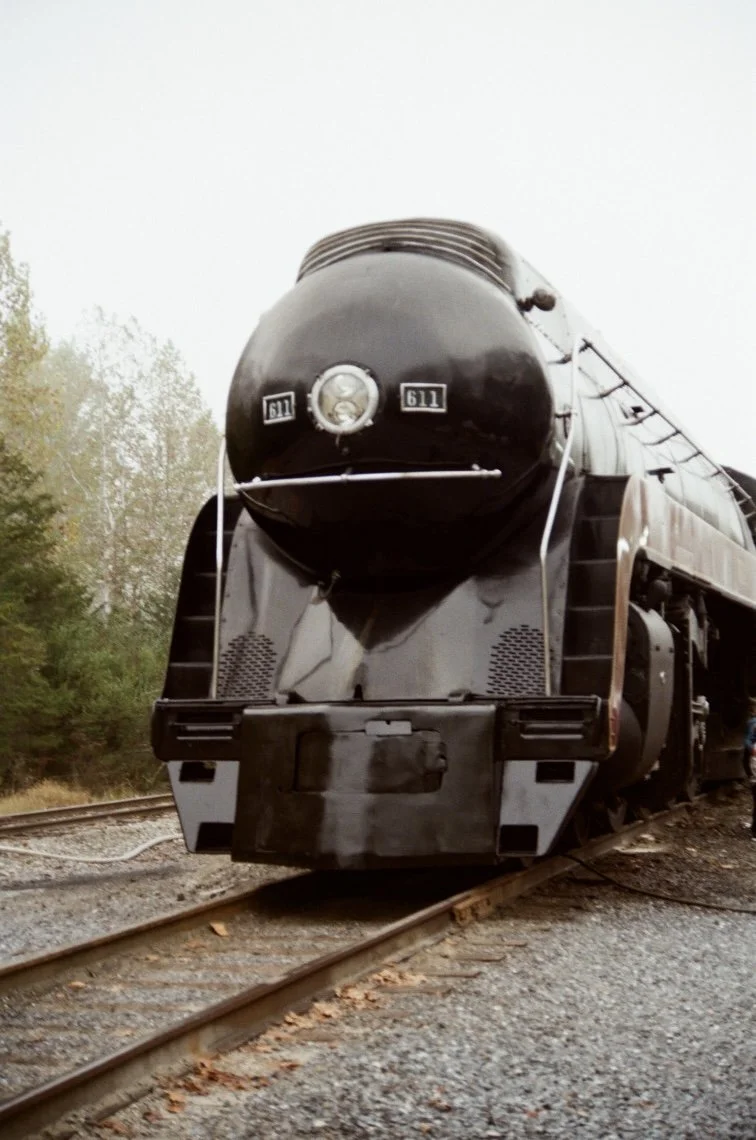The Lost Giants of the Blue Ridge
Relics of a time when Appalachia was at its industrial peak, first connected to the rest of the nation, and what we have lost since then.
A monument of the past, when American rail ran from coast to coast, up mountains, and through valleys, small towns, and major cities. Left to rot, symbolic of the mid-century approach to infrastructure.
When my father was born, in 1959, Bristol Tennessee, and Virginia, was a hub of commerce, travel, and industry. One could stand at the famous train station that still exists today as an event venue, and for pennies on the dollar travel in comfort and style to Roanoke or Knoxville to access the amenities only afforded to such large cities. They could also catch regular trains for even less fare, to smaller towns similar to Bristol that might be home to friends, relatives, or colleagues at a regional level. Believe it or not, one could even ride a train to towns at the extremities of civilization, such as Whitetop, Virginia, regularly. It is hard to imagine today that the organizers of transit could even justify a regular bus to Abingdon, much less a hours long steam locomotive ride on rails to a hamlet with a population under 100 persons.
Shays like this one, were numerous throughout Appalachia prior to WWII, and were the workhorses of timber, mining, and occasionally rural transit.
In 1941, in a different world from which we live today, Norfolk and Western designed the most advanced, expensive, and elegant steam locomotive ever built: the J Class. At a cost of over $3.7 million (adjusted for inflation) per unit, they built 14 of these with the goal of inspiring their customers, giving them a train they could be proud of, that rivalled the beauty and elegance of any train from New York to California. It was redrawn and presented to the board 3 different times, each time they requested aesthetic changes, and were seeking the best possible train money could build. The purpose of these trains was exclusively to carry passengers to and from the major cities on the edges of the Appalachian Mountains, the poorest region in the nation. Today, in 2025, we struggle and beg and lobby government and the private sector for over a decade to provide even a single Amtrack stop in Bristol.
The mighty J Class 611, queen of steam, and the pinnacle of American passenger rail elegance and engineering.
The J Class is an Appalachian icon, the official steam train of the state of Virginia, and in many ways is a symbol of the resilience of the small mountain towns it once flew through between Roanoke and Cincinnati. Through the efforts of one of my film photography inspirations: O Winston Link, and a Norfolk and Western Board member, this train was saved from scrapping at the last moment when all steam service was discontinued in 1960. For decades it sat, until in the 1980s it was returned to operational condition through the efforts of many dedicated organizations. Now it rides the rails again in the Blue Ridge and reminds a new generation of the power and the glory of America’s railroad heritage.
The last surviving J Class, #611, now offers excursion rides and primarily resides in a museum.
There was once thunder in the Blue Ridge Mountains. These massive instruments of power, industrial might, symbols of the greatness of our American civilization roared through the Shenandoah Valley, the Tennessee Valley, through West Virginia, and into Ohio. Standing on a bridge that passes over the railroad in Swoope, Virginia, one can imagine a generation that had living relatives who fought in the American Civil War bearing witness to these marvels of engineering for the first time. American steel from the mills of Pennsylvania, American ingenuity from the great engineers of the Old Dominion, American coal mined in the hills of West Virginia, all pulled together into a monument to our focus on improving the lives of our own people, building an economic powerhouse of our nation, and creating a future that is by and for us.
Sidelined
It is easy to feel much like one is wandering a ruin of the ancient Roman Empire when you see these great American icons left to rot. Times have changed, our priorities have shifted, this is all true. How good it is that at least one such marvelous example was spared for us to see and be inspired by today. Perhaps we can all reflect on those long passed ideas that led to the creation of such wonders and consider that we have indeed lost something in our pursuit of efficiency. Perhaps there is a missing element in our modern world. This is evident when a building such as the Bristol Train Station was built as a utility and now is a venue for weddings. Our grandfathers’ most lowly public works inspire us; will our grandchildren be inspired by what we build?




